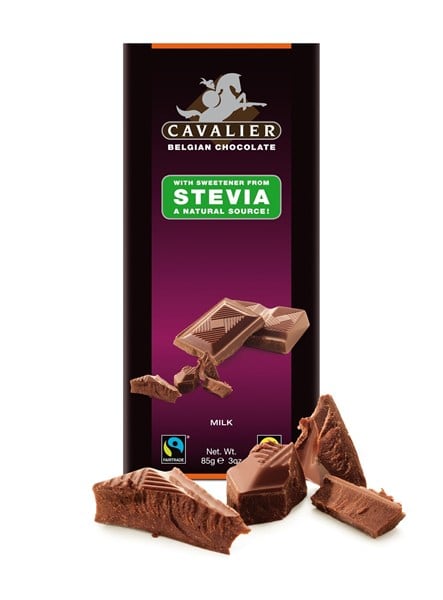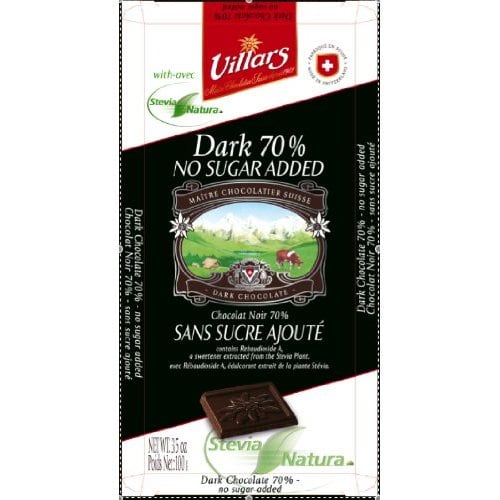Barry Callebaut innovation manager Marijke De Brouwer told ConfectioneryNews that maltitol was the most common solution for sugar-free chocolate, but asked what the future held, she said: “It is chocolate with steviol glycosides that stands out.”
The R&D chief said that steviol glycosides were well marketed and had strong consumer awareness. With steviol glycosides, which are 200-300 times sweeter than sugar, a manufacturer can go up to 80-90% less sugar and can reduce the caloric content by 30%.
Steviol glycosides are derived from the stevia plant and are seen by the majority of consumers as natural.
Before 2009, chocolate confectionery containing stevia-based sweeteners hardly featured at all, but have now grown to almost a third of all global chocolate launches between 2012 and 2013, according to a joint report from market analyst's Leatherhead Food Research and Mintel.

Needs bulk support
Stevia-based sweeteners cannot fully replace sugar in chocolate since they only provides the sweetness and need the help of a bulk sweetener.
De Brouwer said that the ideal bulk sweetener to combine with steviol glycoside chocolate was a mix of polyols and fibers.
“If you want to have a taste and a texture that is similar to chocolate then the best thing to go for is a blend.”
As a bulk sweetener Barry Callebaut uses maltitol, erythritol and a fiber blend (inulin and dextrin). It adds more erythritol when a customer wants to make a ‘light in calories’ claim.
Don’t spoil stevia’s natural image
Fernando Schved, VP strategic R&D and chief scientist at Galam, warned that manufactures must carefully pick supporting bulk sweetener to preserve stevia’s natural credentials.
“You may choose a polyol like erythritol which is perceived as natural but you wouldn’t choose other polyols which are chemically produced such as maltitol or sorbitol because they are produced by hydrogenation so they are not natural and you don’t want to spoil the natural image of stevia.”
Fiber blends up costs
Steviol glycoside regulations in the EU
The use of steviol glycoside sweetener in foodstuffs is governed by Commission Regulation 1333/2011 Annex II. The Regulation specifies the foods and amounts in which steviol glycosides and other intense sweeteners like sucralose, aspartame may be used together.
Felix Verdegem, CEO of stevia chocolate firm Cavalier previously told this site it was three times more expensive to produce stevia chocolate than a sugar counterpart mainly because the fiber blends drove up costs.
Cavalier uses a blend of natural fibers that contains FOS (Fructo-Oligosaccharides), inulin and dextrins.
Other advantages
Steviol glycosides are widely believed to give a licorice off-flavor in food and drink applications. “A lot of suppliers have been working to mask these licorice notes, but in cocoa and chocolate we don’t have that issue,” said De Brouwer.
She added that unlike maltitol, steviol glucosides produced no laxative effect and required no on-pack warning.

Marketing a chocolate with steviol glucosides
Steviol glucoside (the Reb A variety) is approved for use in chocolate in the US, Europe and Asia-Pacific countries such as Japan and Australia.
De Brouwer said that the drinks market could be a reference for the confectionery industry when deciding where to sell and market a stevia chocolate. For example, Coca Cola chose Argentina as the launch destination for its stevia-sweetened brand Coca Cola Life.
